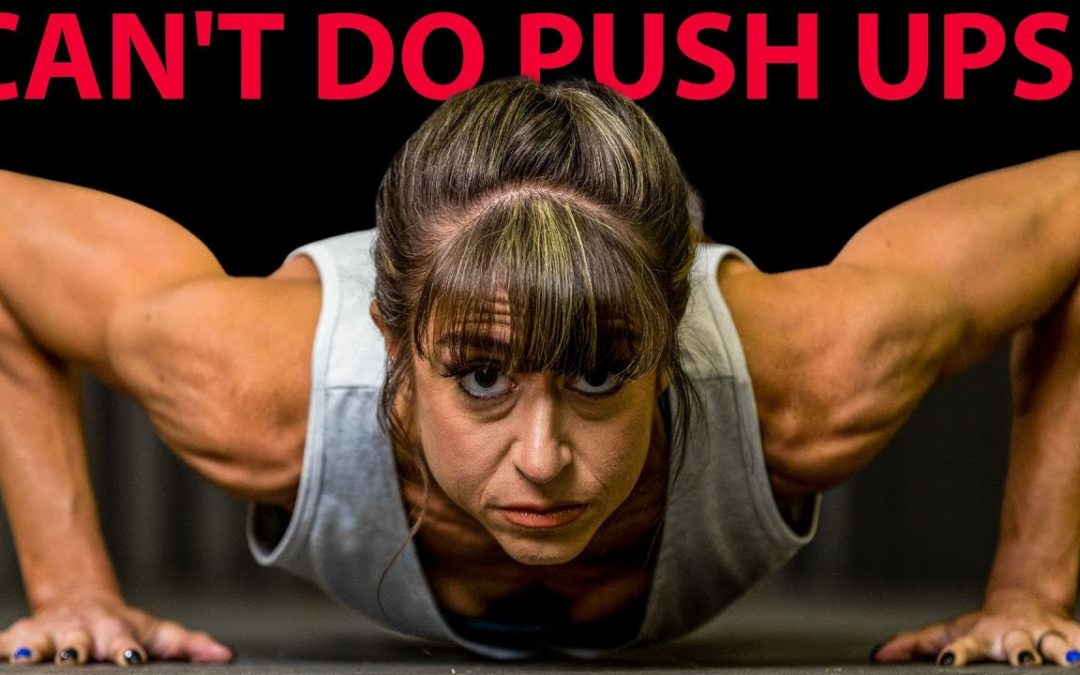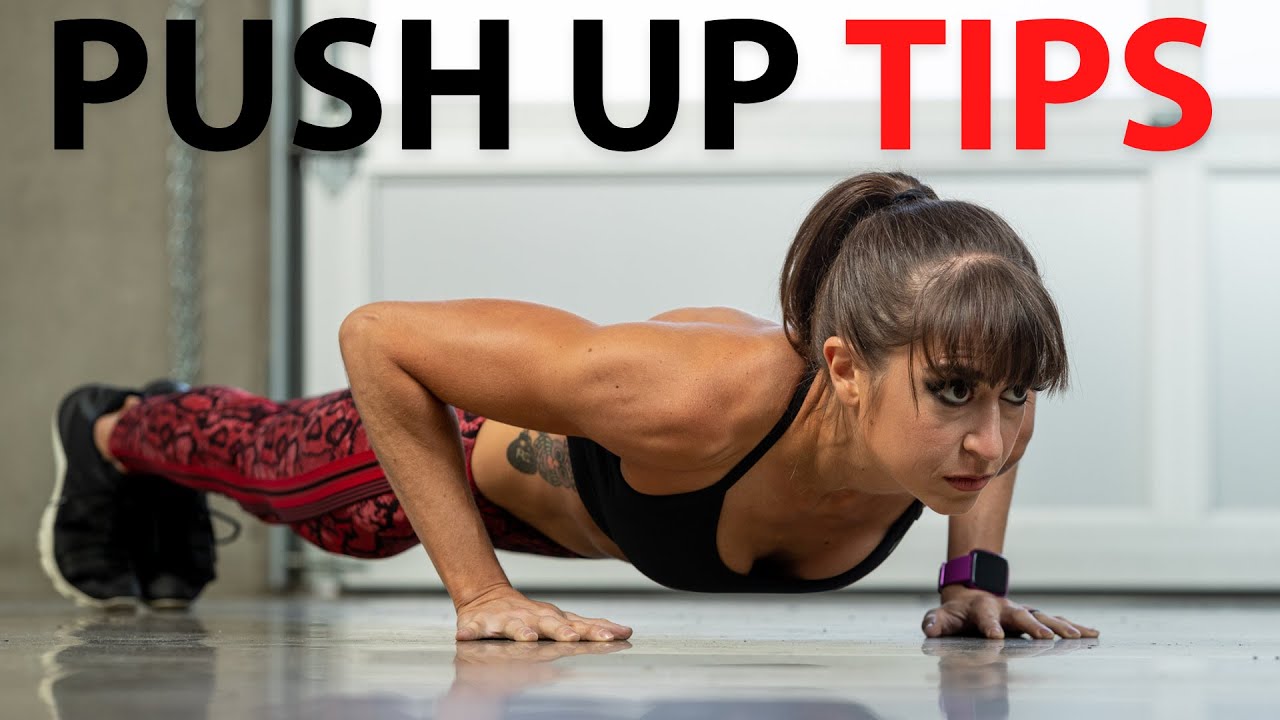
by Cori Lefkowith | Nov 20, 2022 | Blog, Bodyweight, Exercises
Often when we can’t do a move like push ups, we think that there is just muscle weakness we need to address. So we start doing more strength work for those muscles like our chest or maybe shoulders or triceps. But even doing this strength work, we can feel like we’re...

by Cori Lefkowith | Apr 22, 2021 | Blog, Bodyweight, Exercises, Push Ups
Push ups not only require a lot of upper body strength but also core strength. They require you to properly recruit and engage everything from your shoulders to your knees so your body moves as one unit. You need to not only have amazing strength but also proper...




